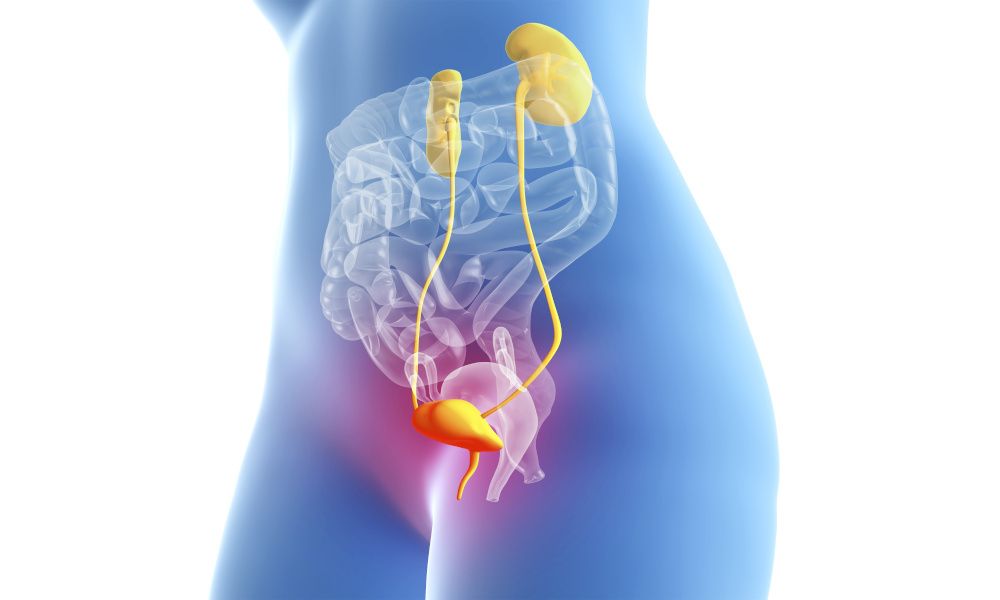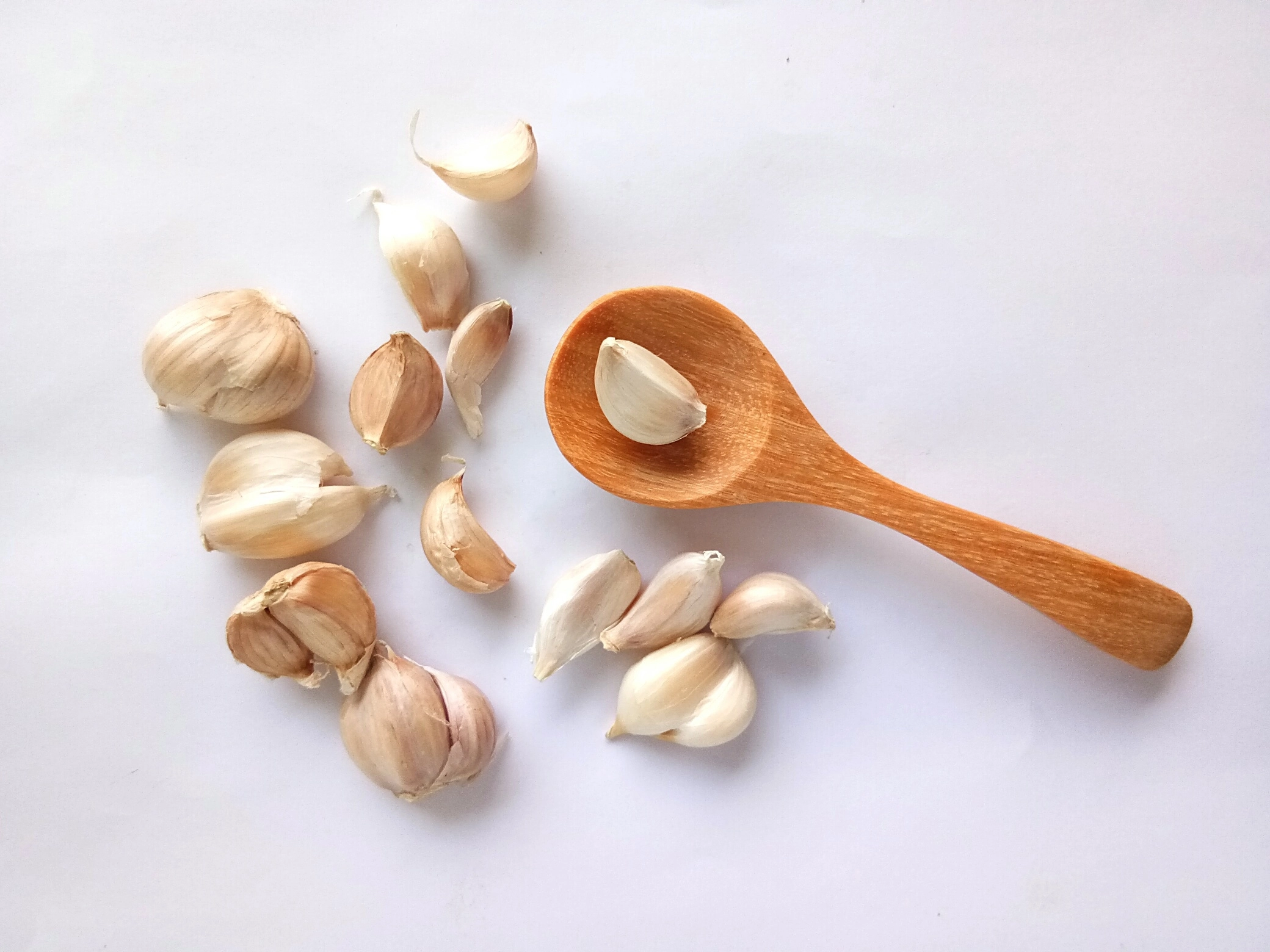The urinary tract is the most common region for bacterial infections, especially amongst females, and is estimated that nearly half of all women will experience at least one infection during their lifetime.1 Furthermore, urinary tract infections (UTIs) amount to approximately 100,000 hospitalizations, 1 million emergency visits, and 7 million family physician visits within the United States, each year.1(2) Antibiotics are a common means to control the proliferation and spread of such bacteria. However, antibiotic resistance has emerged over recent years from managing UTIs, demanding interventions that circumvent such resistance while effectively mitigating such pervasive bacterial infections.1(1-2) As a means of appreciating such alternative therapies for UTIs, the following will consider garlic and its effects upon such pathogenic bacteria in greater detail.
The urinary tract is a sterile environment among healthy individuals. However, said region is one of the most susceptible sites on the human, especially women, as mentioned in the introduction.2 Uncomplicated UTIs are defined as an infection that does not manifest into a severe disease state with no anatomical or functional irregularities. Often, the most common cause of uncomplicated UTIs can be found from the colonization of uropathogenic Escherichia coli (UPEC), which accounts for an excess of 80% of all cases, and is a driver of recurrent UTIs.2(1) Recurrent UTIs are defined as two uncomplicated infections within the span of 1 year after treatment (with a complete resolution of previous symptoms).2(1) Although antibiotics can be effective when prescribed and administered as a low prophylactic, the rise of drug resistant bacteria has made the management of UTIs increasingly problematic.2(1) Furthermore, some antibiotics can induce respiratory distress, neuropathy, retinal detachment, and liver failure; all of which demands safer and more effective alternative therapeutic interventions.2(2) Thus, the following will consider garlic as such an alternative.
Garlic, also known as Allium sativum, has been used throughout human history for several maladies, and has been demonstrated to be a potent antibacterial, antiprotozoal, antifungal, antiviral agent.3 Gupta et al3(272) submitted that allicin and other sulphur compounds found in garlic was thought to be the primary antimicrobial drivers and has been efficacious against gram-positive, gram-negative, and acid-fast bacteria. Specific microbes that garlic has been effective against would include Proteus species, Helicobacter pylori, Mycobacteria, Vibrio, Salmonella, and Staphylococcus.3(272) As a means of exploring the antibacterial potency of garlic against UTIs, Gupta et al3(272-273) first collected urine samples from 166 patients with suspected UTIs that was confirmed by a positive urine culture. Particular microbes were chosen, isolated, and analyzed that were known to be drug resistant. Such was achieved by implementing a MAR index; a ratio of number of antibiotics ineffective against organisms to the total number of antibiotics exposed.3(273) MAR values close to 1 suggests that all tested antibiotics were found to be ineffective. Thus, the researchers tested isolates with values >0.5 against aqueous garlic extracts (AGE).3(273)
Bacterial strains which had a MAR of >0.5 (bacterial strains resistant to 4 or more antibiotics out of 7) were tested against AGE for inhibition of growth. 0.1 ml of fresh microbial cultures was inoculated in all test tubes, and positive controls had no AGE, and for negative control only LB broth (a nutritionally rich medium to grow bacteria) was taken without garlic extract and bacterial cells.3(274) Over half of the total microbes analyzed (56%, or 93 out of 166 isolates) had a MAR index >0.5 and showed strong resistance to common antibiotics such as penicillin and ampicillin (97% and 96%, respectively).3(274) As such, Gupta et al3(275) tested said 93 isolates against AGE. Interestingly, 82% (76 out of 93) of the drug resistant bacteria showed growth inhibition from exposure to AGE. Of particular relevance is that AGE showed the greatest efficacy against the most common UTI-related bacteria; Escherichia coli.3(275) Furthermore, AGE was also effective against Enterobacter sp. and Klebsiella sp. microbes, and the minimum inhibitory concentration of fresh aqueous garlic extract to achieve such results was found to be 35 mg/ml.3(275)
In conclusion, the urinary tract is the most common region for bacterial infections, especially amongst females, and is estimated that nearly half of all women will experience at least one infection during their lifetime. Furthermore, UTIs amount to approximately 100,000 hospitalizations, 1 million emergency visits, and 7 million family physician visits within the United States, each year. Although antibiotics have been effective in managing said infections, uropathogenic microbes have become increasingly resistant to such interventions, demanding alternative interventions. Considering that garlic extract demonstrates inhibitory effects upon common uropathogenic bacteria such as Escherichia coli, such a botanical could be used as a safe and cost-effective adjunct, or potential alternative, to conventional pharmaceutical interventions.
References
1. Gambogou B, Ouattara AK, Taale E, et al. Garlic as alternative therapy to treat uropathogene bacteria in women with urinary tract infection in Lime, Togo. Preprints. 2018:1-11. doi: 10.20944/preprints201809.0077.v1.
2. Mansour A, Hariri E, Shelh S, et al. Efficient and cost-effective alternative treatment for recurrent urinary tract infections and interstitial cystitis in women: A two-case report. Case Rep Med. 2014:1-4. doi:http://dx.doi.org/10.1155/2014/698758.
3. Gupta S, Kapur S, DV P, et al. Garlic: An effective functional food to combat the growing antimicrobial resistance. Pertanika J Trop. 2015;38(2):271-278. http://www.pertanika.upm.edu.my/Pertanika%20PAPERS/JTAS%20Vol.%2038%20(2)%20May.%202015/09%20Page%20271-278%20(JTAS%200616-2014).pdf. Accessed July 15, 2020.
-Michael McIsaac




